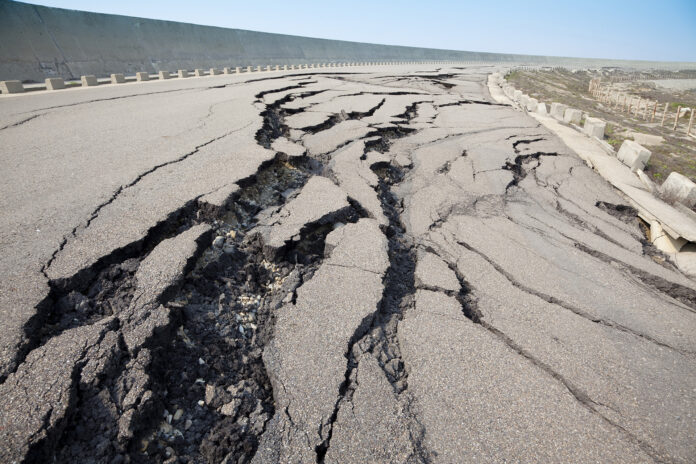On the 16th of March, a 4.6 magnitude earthquake hit Skardu. This earthquake was neither the worst that the region has seen, nor the worst that seismic experts predict that the area will see given its position on the Himalayan Tectonic Interface belt.
While the earthquake was not devastating in the way that the 7.6 magnitude earthquake in Kashmir in 2005 was, which resulted in the deaths of nearly 90,000 people, it has exposed and put up for scrutiny a ticking infrastructural timebomb that exists in the region.
For weeks after the earthquake, the Gilgit-Skardu road remained blocked due to continuous landsliding. Because the Janglot-Skardu highway is the only connecting tributary to the region fit for commercial use, its blockage resulted in stranded travellers, a shortage in fuel that resulted in soaring prices, and a commodities crisis in Skardu.
Skardu remained closed for a week, reopening to limited passenger traffic Friday night (March 25). The earthquake affected 6,000 households, damaged 36 irrigation channels; eight link roads and 12 water supply channels besides disrupting cellular connectivity. The content in this publication is expensive to produce. But unlike other journalistic outfits, business publications have to cover the very organizations that directly give them advertisements. Hence, this large source of revenue, which is the lifeblood of other media houses, is severely compromised on account of Profit’s no-compromise policy when it comes to our reporting. No wonder, Profit has lost multiple ad deals, worth tens of millions of rupees, due to stories that held big businesses to account. Hence, for our work to continue unfettered, it must be supported by discerning readers who know the value of quality business journalism, not just for the economy but for the society as a whole.To read the full article, subscribe and support independent business journalism in Pakistan


























Really Such a nice article lots of information i loved it
That face though
This girl is mine
This picture is lit!!
I cant get my eyes of this pic
This picture made my day
You are definitely a glorious mess
very interesting, good job and thanks for sharing such a good blog.
On the 16th of March, a 4.6 magnitude earthquake hit Skardu. This earthquake was neither the worst that the region has seen, nor the worst that seismic experts predict that the area will see given its position on the Himalayan Tectonic Interface belt.
For weeks after the earthquake, the Gilgit-Skardu road remained blocked due to continuous landsliding. Because the Janglot-Skardu highway is the only connecting tributary to the region fit for commercial use, its blockage resulted in stranded travellers, a shortage in fuel that resulted in soaring prices, and a commodities crisis in Skardu.
Thanks for sharing this information. Good Job
Big loss given by earthquake in gilgit sakrdu
Very Nice article written because it shows big loss in GB
It’s too bad to check your article late. I wonder what it would be if we met a little faster. I want to exchange a little more, but please visit my site.
온라인 카지노
j9korea.com